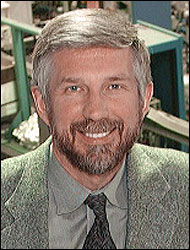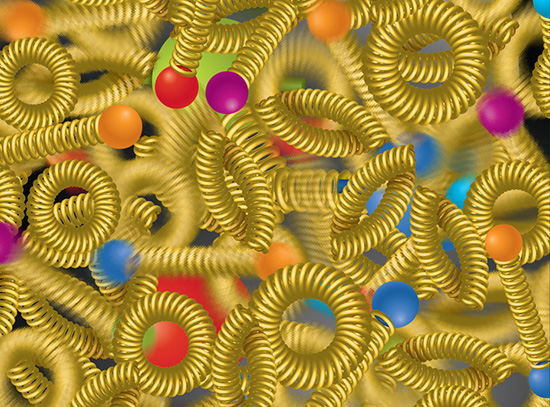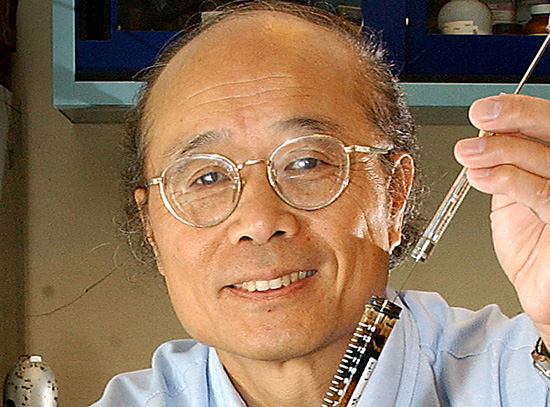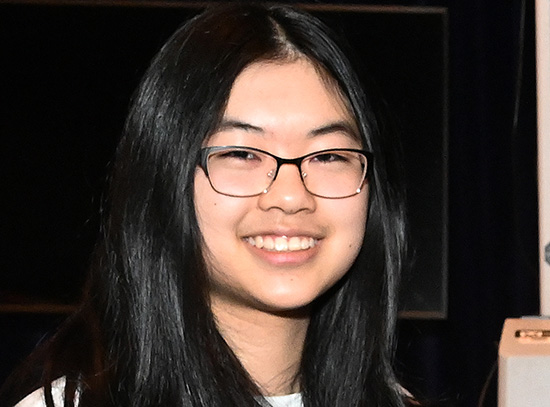A Note From Steve Dierker
June 8, 2011

Steven Dierker
As Kendra Snyder reports later in this issue of eNews, the recent NSLS-CFN Users' Meeting drew a record number of participants - from the photon sciences user community to companies supplying light sources with high-tech equipment and products.
During the meeting, we were treated to two talks by Nobel Laureate Thomas Steitz, Yale University, who shared the 2009 Nobel Prize in Chemistry with another NSLS user, Venki Ramakrishnan of the MRC Laboratory of Molecular Biology (also a former employee in Brookhaven's Biology Department), and with Ada Yonath of the Weizmann Institute of Science.
In recalling his work on the ribosome at NSLS, where all his studies were done from 1995 to early 2000, Steitz acknowledged the "superb diffraction" he obtained and named Brookhaven biophysicist Bob Sweet as "very pivotal in collecting low-resolution data."
Steitz worked with Brookhaven's biology department to collect NSLS data on the 50S subunit of the ribosome. The first low-resolution structures were solved in 1998 and 1999 using beamlines X12B and X12C. In 2000, his team presented the first high-resolution structure of the 50S subunit using data from NSLS beamlines X12B and X25 and from the Advanced Photon Source at Argonne.
In the last decade, three scientists have won Nobel Prizes for work conducted at NSLS. In addition to Steitz and Ramakrishnan, the third is Roderick MacKinnon, a user from Rockefeller University, who shared the 2003 Nobel Prize in Chemistry for explaining how a class of proteins helps to generate nerve impulses in the body.
NSLS will celebrate 30 years of operations next year. As I outlined in my update on the Photon Sciences Directorate at the users' meeting, we continue to enhance the facility's capabilities with an eye toward NSLS-II. Beamline X8C, for example, recently acquired a new transmission x-ray microscope, paid for with $2M provided by the Recovery Act. We envision three areas of productive research for academic and industrial users with this microscope: x-ray imaging of energy storage materials, microelectronics structural studies, and nanotomography of biofuels. In the future, the microscope will be moved to the full-field imaging beamline, FXI, which will be constructed at NSLS-II as part of the NSLS-II Experimental Tools (NEXT) Project, to provide dramatically enhanced capabilities for these programs.
Construction of the new facility is now about 60 percent complete, and we are on track to finish the NSLS-II Project 15 months early.
At the users' meeting, especially at the poster session on NSLS-II beamlines in pentant 1 of the NSLS-II ring building, I could feel the excitement about what's ahead. NSLS may be wonderfully productive, but NSLS-II will be 10,000 times brighter, opening up new research with new tools for carrying out a well-balanced portfolio of world-class science well aligned with DOE programs.
2011-2428 | INT/EXT | Newsroom









